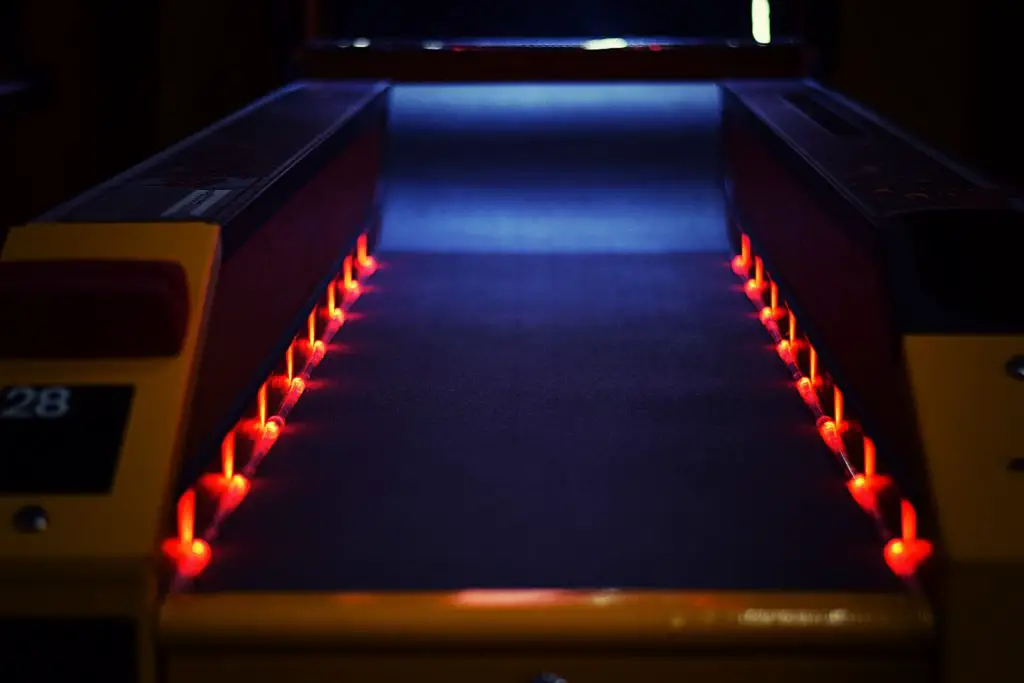Bowling balls are gaining attention over recent years, especially among the younger lot. It is quite understandable as this game is inexpensive, widely available, also all-inclusive. Regardless of your level of expertise, beginner or pro, you might have a few queries about this sport.
It definitely would have crossed your mind if a bouncier bowling ball would give an edge while playing. Also, is it possible to get the bounce from such a heavy ball?
Yes, a bowling ball can bounce up to a certain degree. Players often avoid it as it can damage the lane surface and is unacceptable in many places. The bounce depends upon how much upward swing you give to the ball and the amount of force you exert. It also relies on the weight, material, and texture of the ball you choose for playing. It is difficult for beginners to control once it bounces.
Although any age group can play with bowling balls due to simplicity, it demands some tricks and tips that make the experience much more pleasant and rewarding. Let’s jump in to find more.
Can A Bowling Ball Bounce; Why Or Why Not?
Bowling is an exciting sport, and most people prefer it over other games as it doesn’t require advanced athletic ability. Anyone can play it no matter to what age or skill level they belong. If you have recently developed a keen interest in bowling sport, you might want to further know about the balls in general and how they work.
Unlike other balls, the bounce of bowling balls is somewhat limited. Usually, they are on the heavier side than regular balls making them less elastic and bouncy. Besides, they are made of polyester, urethane, and resin. These different categories offer varying level of friction that influences the bounce.
The surface also plays a role in determining whether the bowling balls will bounce or not. They tend to rebound pretty well from a hard surface such as cement. But, when they hit a softer surface like wood, the wood takes in the maximum energy. This energy gets wasted in the form of thermal energy.
Another factor that decides the bounce tendency of the bowling ball is its weight, as the lighter, the more swing, the better bounce. Apart from the physical characteristics of the ball, your throwing technique also has a big part. Based on observation, when you release the ball in an upward swing, it results in a bounce.
Does Weight Affect The Bounce Of Bowling Balls?
Going for the precise weight of a bowling ball has its significance. You want to ensure that the ball doesn’t weigh too much so that you can play more effectively. Also, it allows you to have more control over it and the bounce.
Typically, a bowling ball weighs between six and sixteen pounds. For adults, the correct range lies within 14-16 pounds. If you want the ball to be bouncier, you should opt for a lighter option as it enables you to have a better thumb fit and grip over it. So, it is easier for you to throw the ball with more force, leading to a bounce.
The Role Of Elasticity In Making A Ball Bouncy:
By applying a simple rule of physics, you can have a rough idea of how much you can bounce a bowling ball. A ball’s ability to bounce is directly dependent upon its elasticity. The more elastic, the greater is the chance the ball will bounce.
The material used for creating bowling balls includes plastic, urethane, and resin. For a beginner, plastic is the ultimate pick as it results in less friction against the surface. On the other hand, urethane offers more friction between the lane and the ball. Advanced bowlers use it as it has a higher hook potential. Depending on your skill level, you can opt for either one of them, as the more control you have, the easier it is to manage the bounce of the ball.
The Technique Of Releasing A Bowling Ball VS Bounce:
The technique of throwing a bowling ball is considered lofting. When you overthrow a lofted ball, it will hit the ground directly and, as an outcome, bounce. The swinging action and direction can determine if the ball will bounce while descending into the lane.
When you curve the swing upward, the ball launches into the air. As a result of this action, while it drops, it will hit the lane with force and bounce. Most often, players avoid it because the bouncing can potentially damage the surface and might as well the ball. It is because the material of the outer covering of the ball makes a lot of friction when it comes in contact with a dry lane.
Making Bowling Balls Bouncier; Here’s How
Over recent years, most bowling alleys do not support bouncing the ball due to the damage afterward. Nevertheless, it can be a great way of experimenting with movements of the ball and enhancing your sports skills. If you are interested in knowing about making the bowling ball bouncier, here are a few factors that you must consider.
- Choosing the right ball:
As discussed earlier, the ball’s weight, texture, and material can let you decide how much you can bounce it or curve it. It is crucial to have a good grip on the ball to swing it effectively and control the motion as per your desire.
Some balls have a high mass and contain most of their weight near the shell. Others hold their maximum weight towards the middle and are low mass. Knowing about the weight distribution of the ball will help you manage the throw and force exertion.
Secondly, the material and texture of the bowling ball will give you a rough estimate of how much friction it might cause against the lane surface. A lot of professional players take advantage of the ball bouncing.
- Skill level:
Bouncing a bowling ball has much to do with your skill level. When the ball bounces on the lane, it tends to change its direction every time it hits the surface. It makes lofting at this point much more risky and unpredictable.
If you have enough control over the ball spin, you can make the situation in your favor. For an average bowler with unpolished skills, it can be challenging. In such a case, if your ball is bouncing, you need to improve your technique and delivery.
- Ball throwing motion:
One of the leading factors that cause the bowling ball to bounce is how you release it initially. Overthrowing the ball will result in a bounce. When you move it in an upward swing, it will strike the lane directly and ultimately give you that bounce.
Final Thoughts:
As a beginner, it might be a little hard to manage the bounce of a bowling ball, but advanced players do practice it. If you are confident in your skills, you can easily control the bouncing ball and lead it towards hitting the pins. Ensure that you know the right way to swing and the correct ball to yield the desired bounce.





